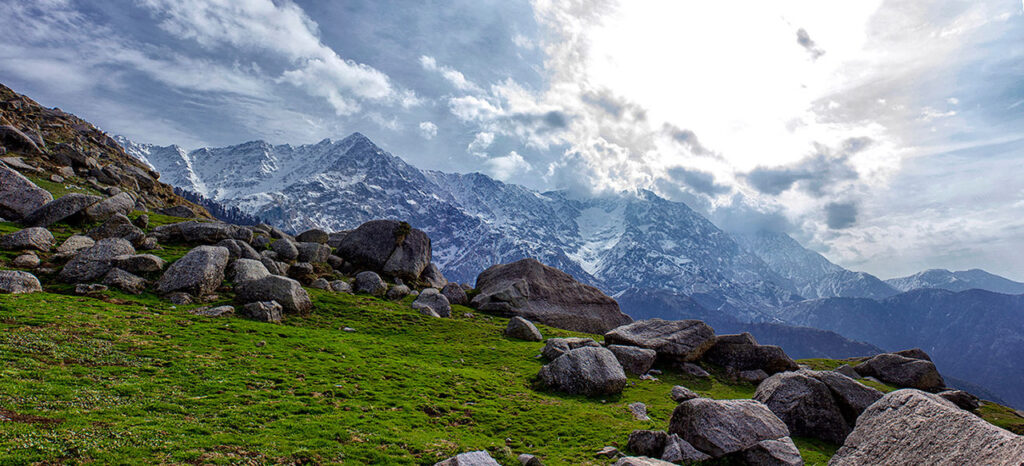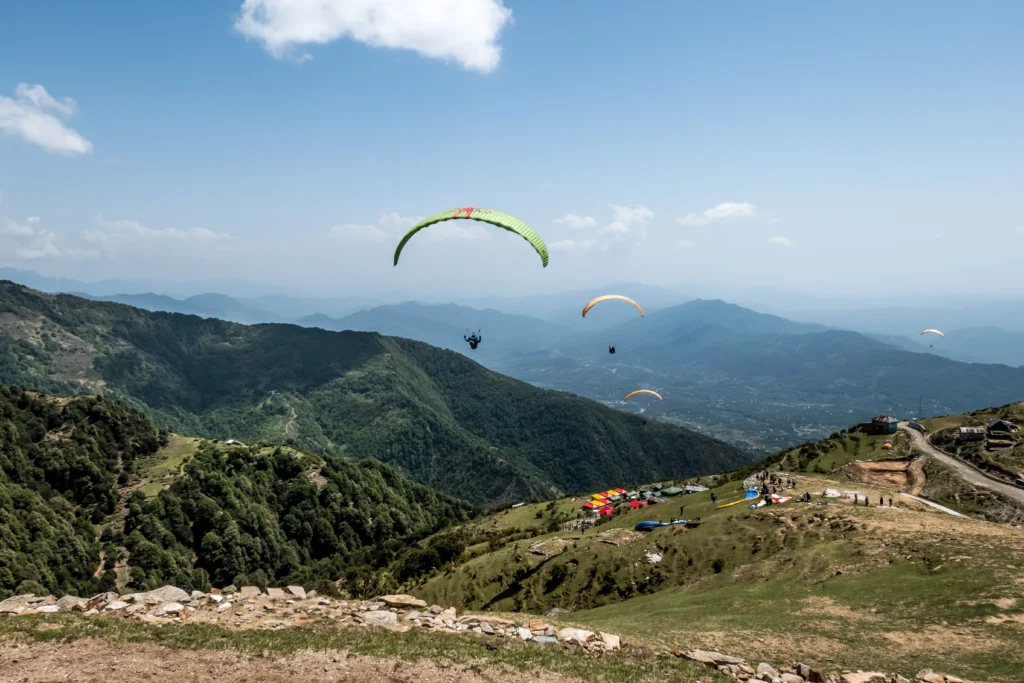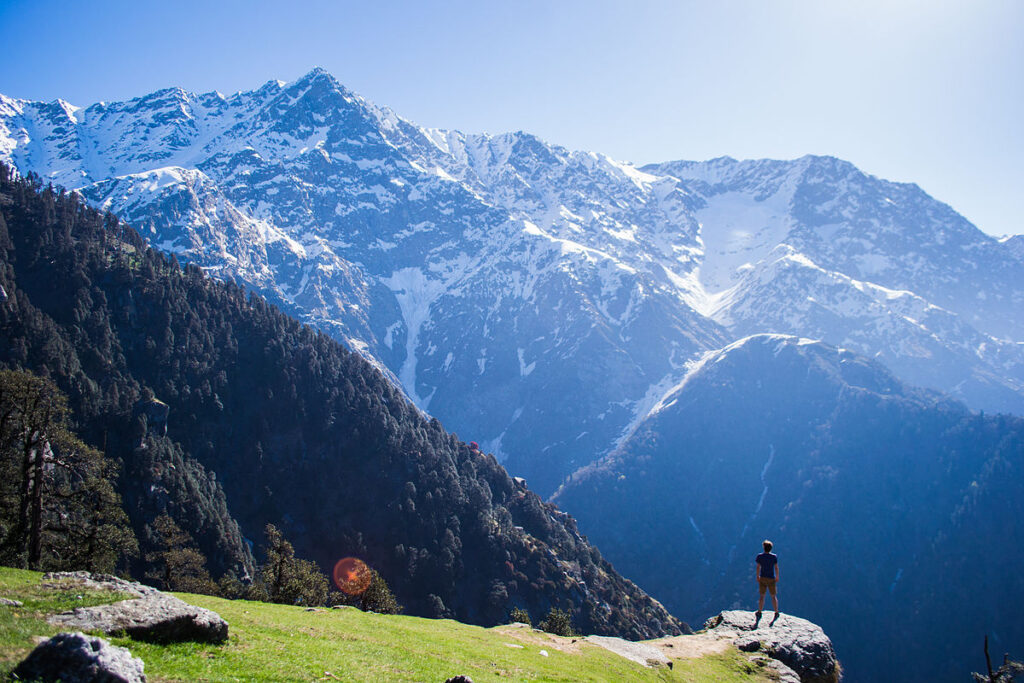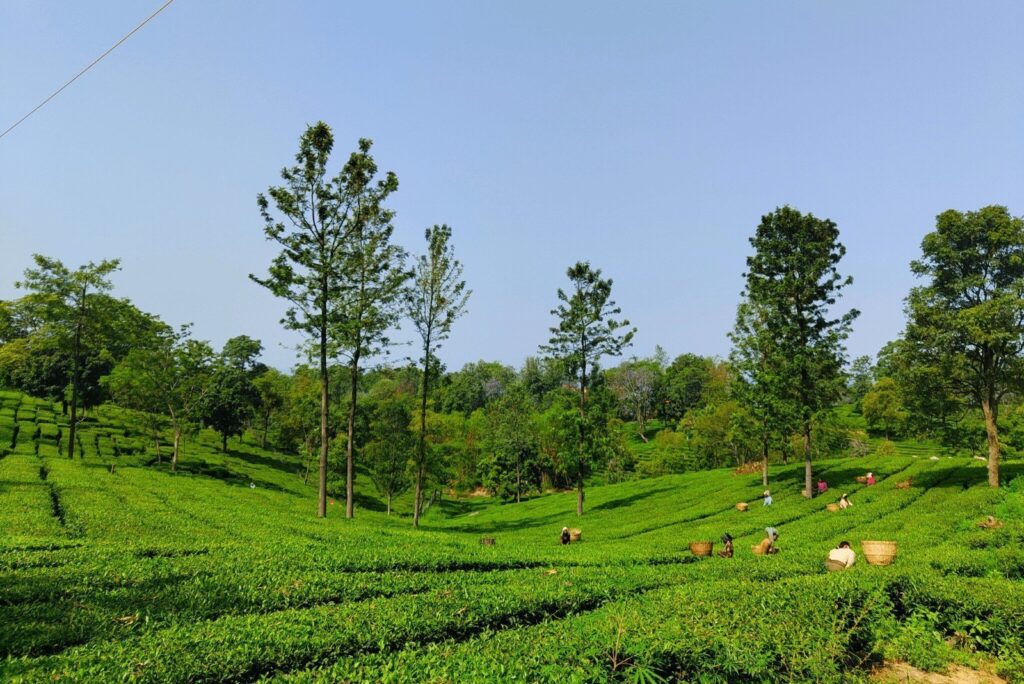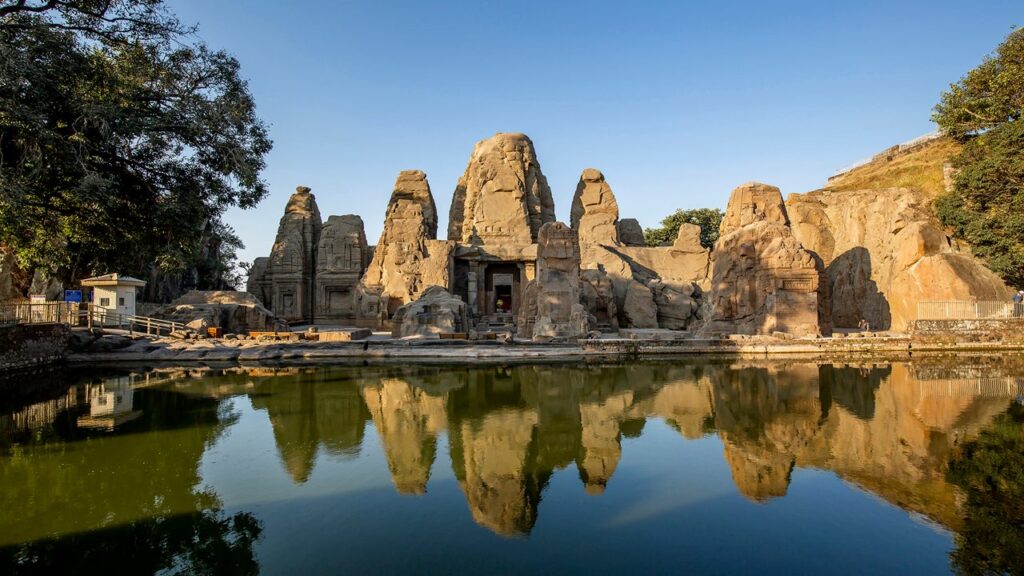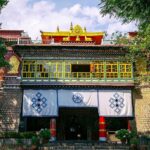Introduction
In the spiritual heart of *Kangra Valley, where the Himalayas echo ancient chants and winds carry the scent of incense, stands a temple that has watched over centuries—Baijnath Temple, dedicated to *Lord Shiva in His form as the Vaidyanath, the Lord of Healing.
Unlike most Himalayan temples tucked into remote hills, Baijnath sits right in a town that shares its name, welcoming both *pilgrims and history lovers. Built in *1204 A.D., this is not just a structure of faith—it’s a living chronicle carved in stone.
Let’s walk into its timeless sanctity and explore why Baijnath Temple is more than just a stop—it’s a spiritual destination.
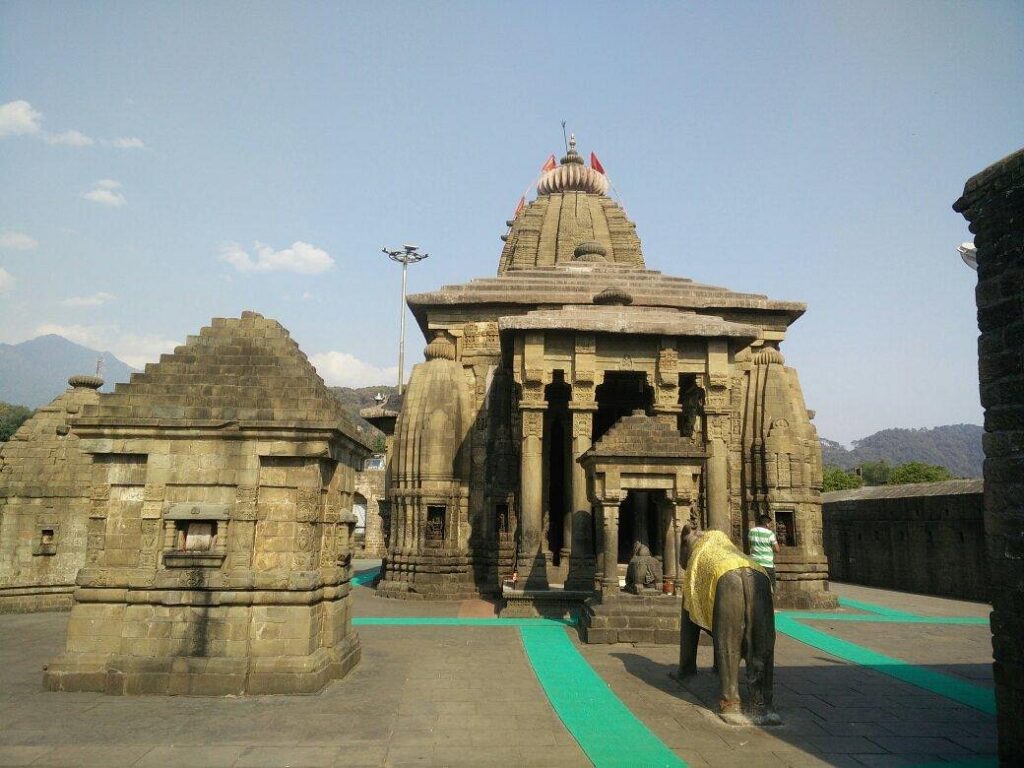
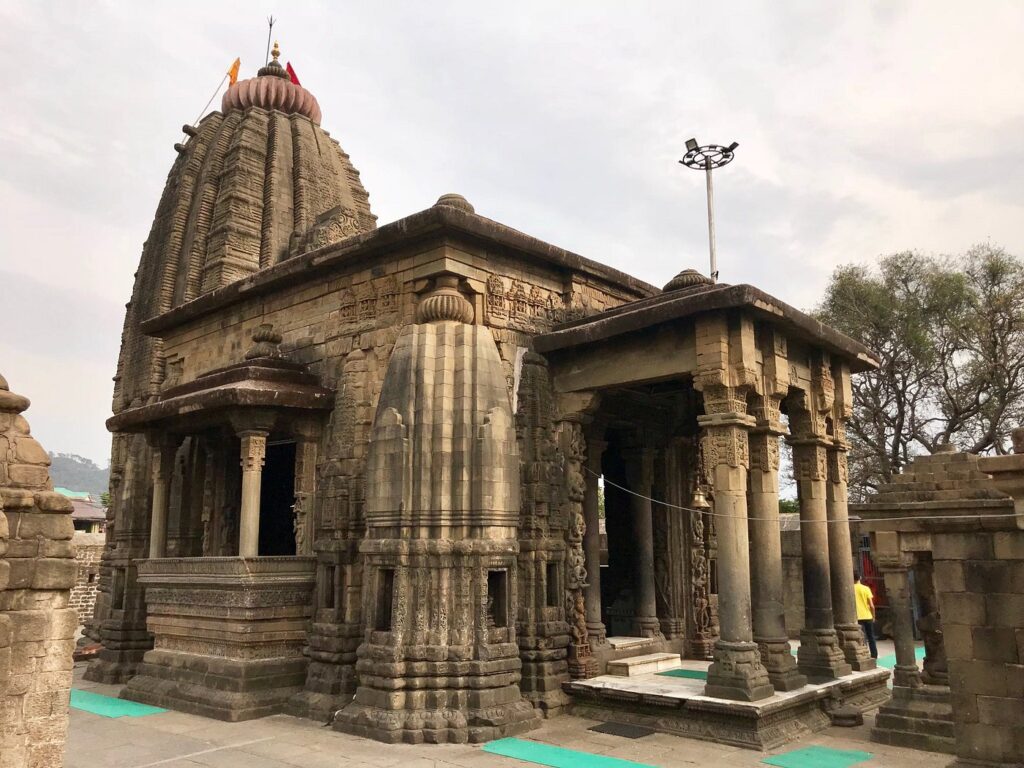
History and Mythology of Baijnath Temple
| Built By | Two merchants – Ahuka and Manyuka (Shiva devotees)
| Year | 1204 A.D. (Dwapara Yuga origin in legend)
| Deity | Lord Shiva as Vaidyanath (God of Healing)
| Myth | Believed to be where Ravana worshipped Shiva to gain powers
| Style | Nagara style of architecture – intricately carved shikhara and walls
✅ The Shivlinga here is self-manifested, said to have healing powers.
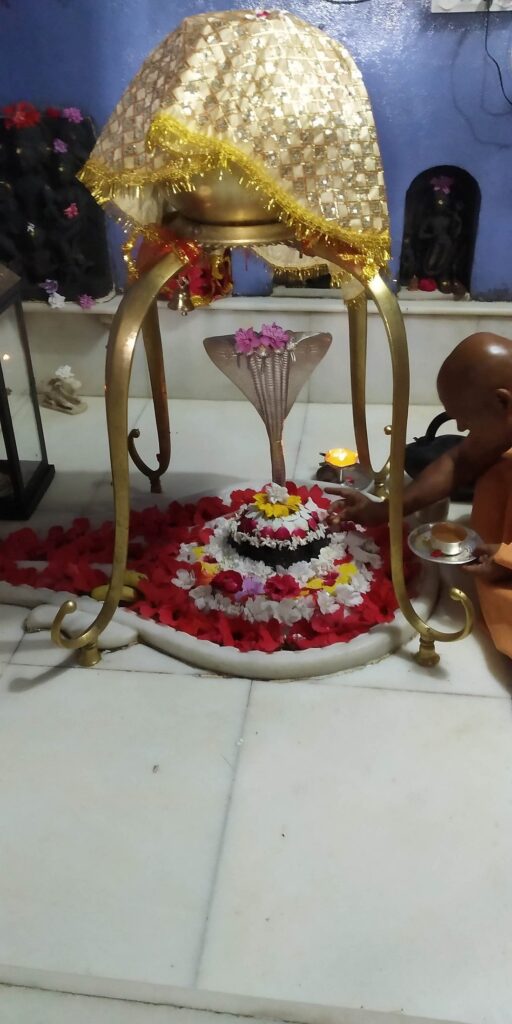
Spiritual Significance
- Worshipped as one of the twelve Jyotirlinga-inspired sites (unofficial)
- Rituals are conducted daily in ancient tradition
- Devotees offer Bel leaves, water, and milk
- Famed for curing ailments—especially related to health and well-being
🕉 The temple has never ceased its worship rituals—even during wars, invasions, and natural disasters.
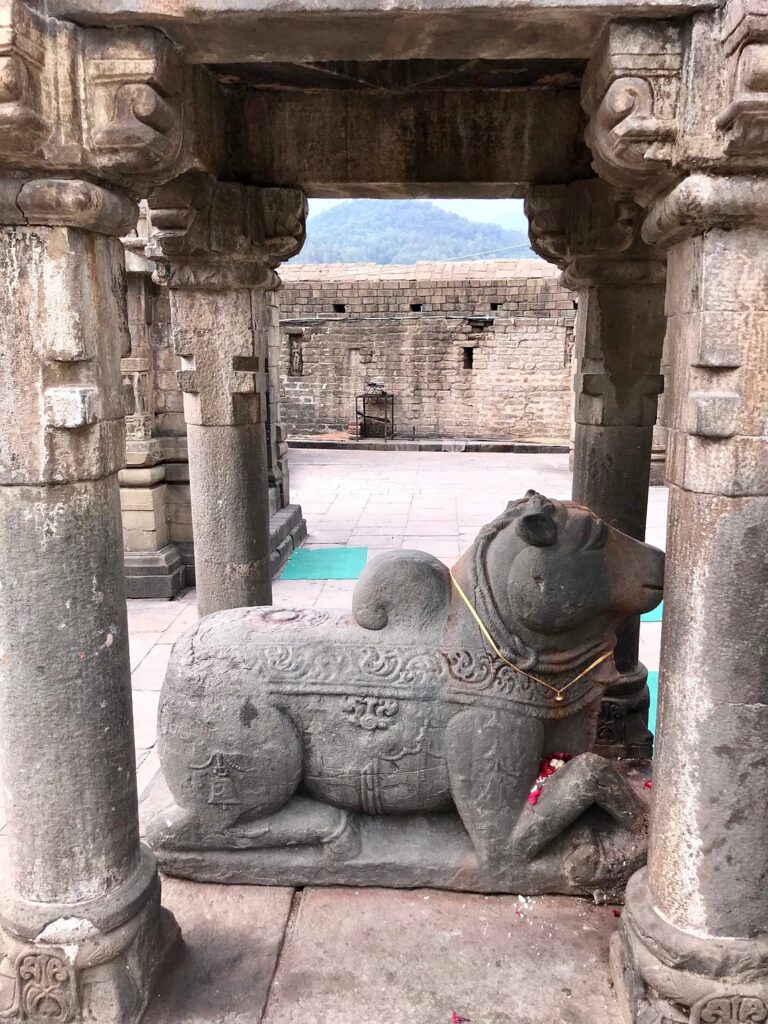
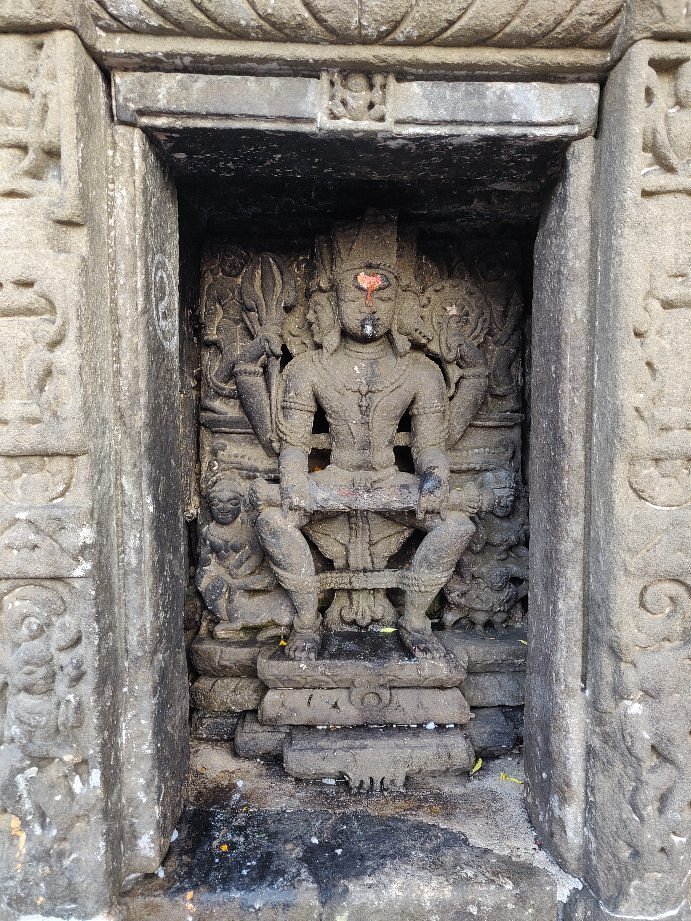
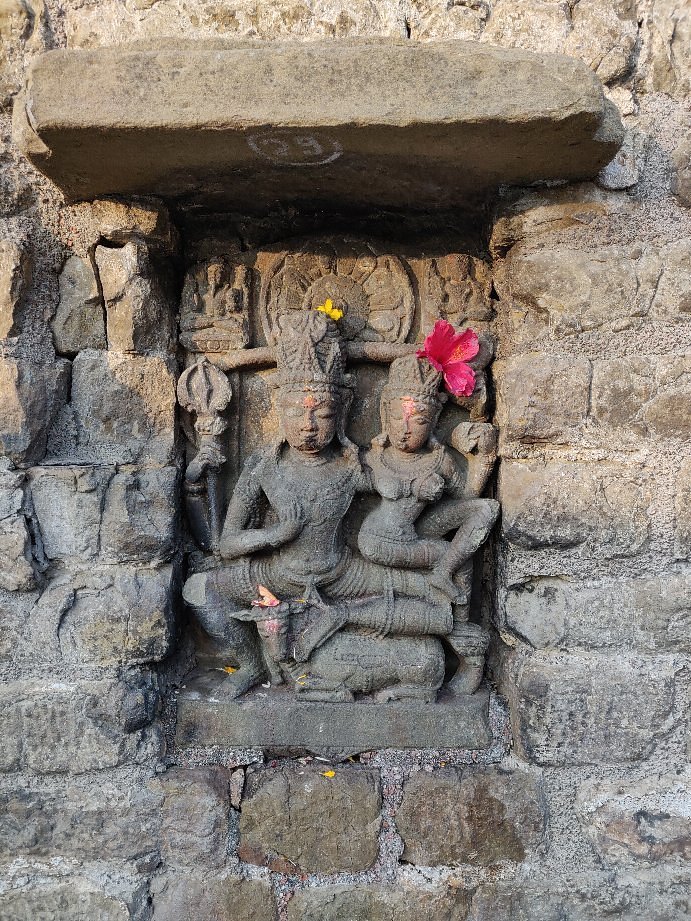
Architectural Marvel
The temple is a true symbol of North Indian Nagara style.
Key features include:
| Architectural Element | Description |
|---|---|
| Shikhara (Tower) | Tall, beehive-shaped with vertical bands |
| Mandapa (Hall) | Pillared, open structure for prayer |
| Sculptures | Depict gods, celestial beings, floral motifs |
| Entry Gate | Carved archway with guardian figures |
| Flooring | Made of ancient local stone slabs |
✅ It’s one of the best-preserved stone temples in Himachal Pradesh.
Location and Setting
| District | Kangra
| Town | Baijnath
| Distance | ~50 km from Dharamshala, ~16 km from Palampur
| Altitude | ~1,130 meters above sea level
| River | Located on the banks of River Binwa
🌿 Surrounded by lush tea gardens, pine forests, and distant Himalayan peaks—it’s a setting that soothes the soul.
Best Time to Visit Baijnath Temple
| Season | Experience |
|---|---|
| March–June | Mild weather, lush green surroundings |
| Sept–Nov | Clear skies, ideal for photography |
| Maha Shivratri | Grand festival, thousands of pilgrims |
| July–Aug | Monsoon showers—serene but slippery |
✅ The temple celebrates Maha Shivratri with great devotion—a must-see for spiritual travelers.
Photography and Visitor Tips
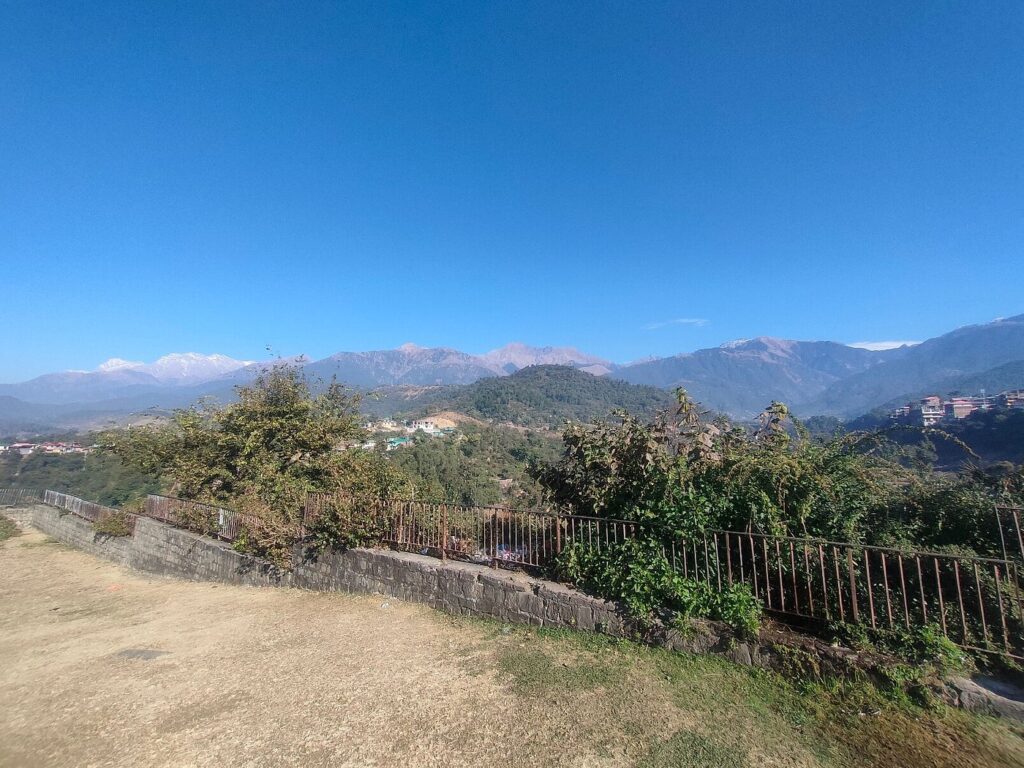
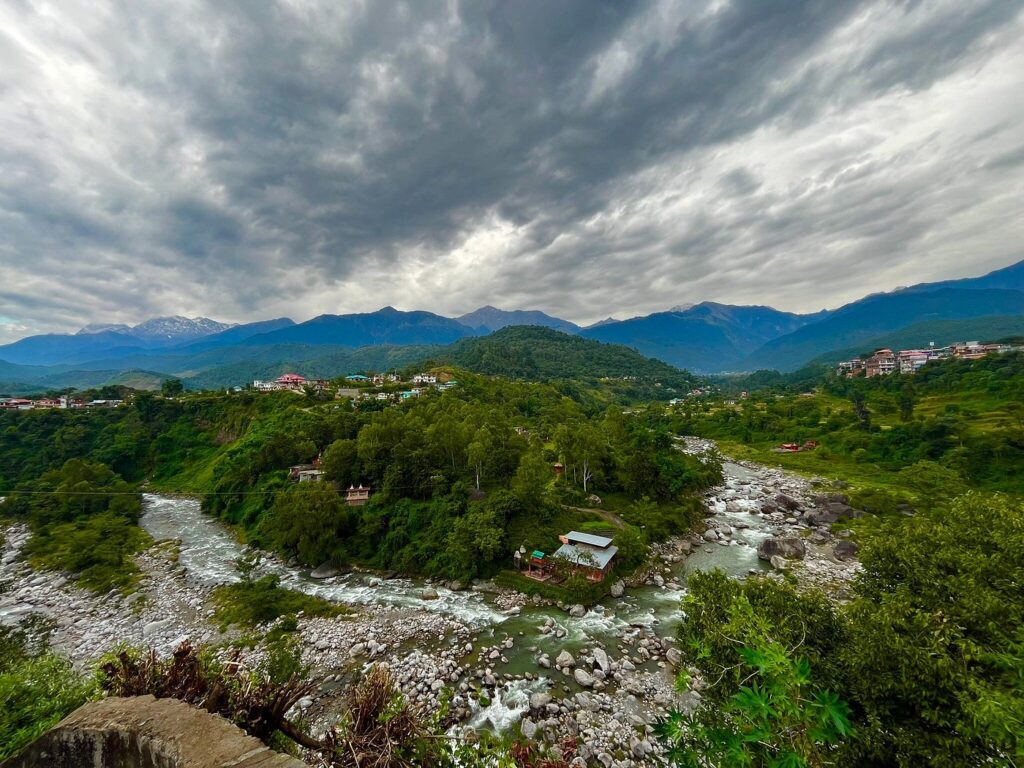
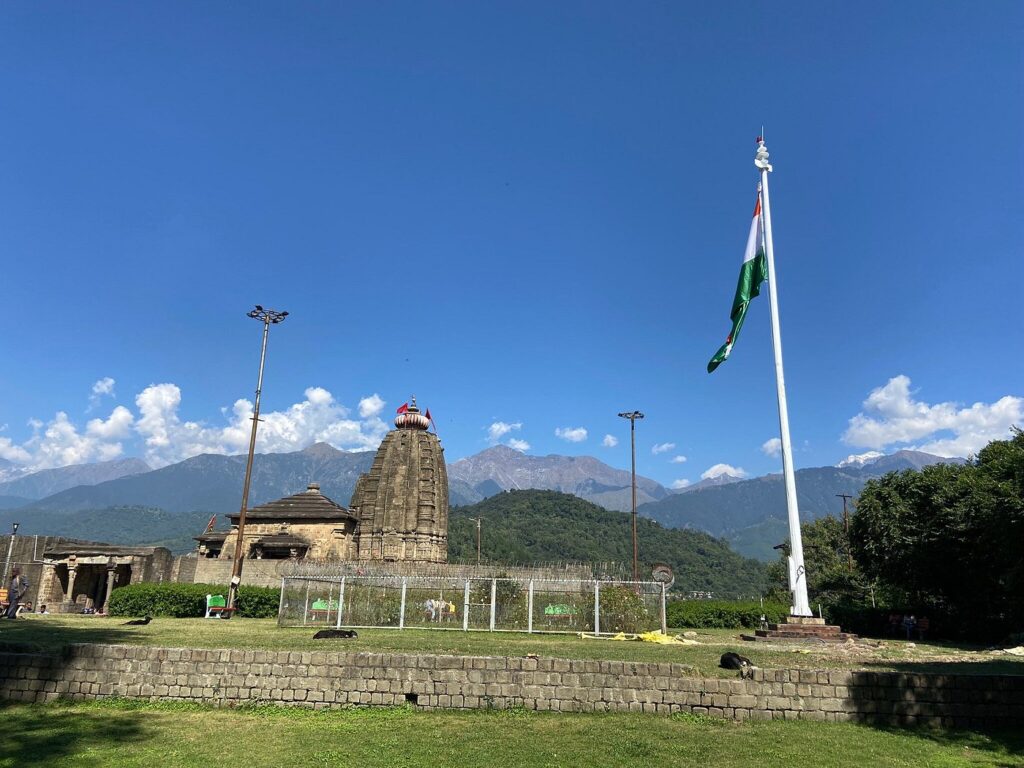
Photo Opportunities:
- 📸 Main temple shikhara against Dhauladhar backdrop
- 📸 River Binwa beside the temple complex
- 📸 Intricate carvings of gods and goddesses
- 📸 Locals offering prayers in traditional Himachali attire
Tips:
- Remove shoes before entering
- Dress modestly—it’s an active place of worship
- Carry a refillable water bottle
- Morning and evening aarti (prayer) is peaceful to witness
✅ Don’t miss the stone inscriptions detailing the temple’s history near the entrance.
Nearby Attractions
| Place | Distance | Why Visit |
|---|---|---|
| Palampur Tea Gardens | ~16 km | Scenic walks, fresh tea tastings |
| Andretta Art Gallery | ~20 km | Artistic village, pottery & crafts |
| Bir Billing | ~35 km | Paragliding capital of India |
| Kangra Fort | ~45 km | Ancient fort with panoramic views |
| Tashi Jong Monastery | ~20 km | Tibetan monastery with a craft center |
✅ Plan a day trip or weekend getaway with Baijnath as your spiritual anchor.
How to Reach Baijnath Temple
| From | Route/Transport |
|---|---|
| Dharamshala | ~2 hours by road |
| Pathankot | Train to Baijnath Paprola Station (connected line) |
| Palampur | Local buses or shared cabs |
| Delhi/Chandigarh | Overnight Volvo to Palampur or Baijnath |
✅ The Baijnath Paprola railway station connects you to India’s narrow gauge railway network—a scenic and vintage experience!
Why Baijnath Temple Should Be on Your List
✅ Among the oldest functioning temples in North India
✅ Offers a mix of mythology, healing, and historical wonder
✅ Easily accessible, yet not overrun by tourists
✅ Perfect blend of spirituality and heritage
🕉 “Come here for the temple, stay for the timeless energy that speaks in silence.”
Summary
Baijnath Temple is more than a religious site—it’s a window into an ancient time, where stones whisper stories, rivers echo mantras, and the divine feels close enough to touch.
Whether you’re a seeker, a photographer, or simply a curious traveler—Baijnath will leave a mark on your soul.
Planning a trip to Himachal Pradesh? Don’t miss our other posts on amazing places in the Kangra District.
Planning a Kangra Valley Tour?
Don’t miss the *Baijnath Temple, where *faith and history stand carved in stone.
📸 Share your moment using #BaijnathDiaries
Triund Trek – The Classic Himalayan Hike from Dharamkot
Introduction If…
Bir Billing – The Paragliding Capital of India
Introduction Imagine…
Kangra Fort – The Silent Sentinel of Himachal’s History
Introduction Tucked…
Dharamshala – Where Mountains Meet Monks
Introduction Tucked…
Palampur – Himachal’s Tea Capital Hidden in Pine Forests
Introduction Tucked…
Masroor Rock Temples – The Ellora of the Himalayas
Introduction Hidden…

